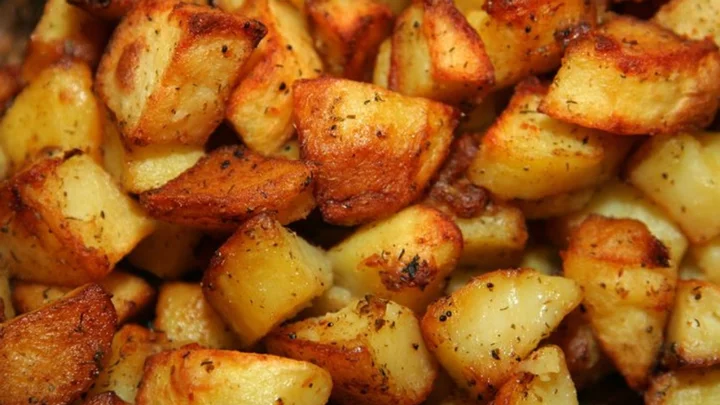
Bitcoin Loses Mojo After First-Half Rally Fails to Reignite Enthusiasm
Chalk it up to the heat, to late-summer doldrums, or to the phases of the moon, but the
2023-08-05 02:19

FIFA 23 FUTTIES Best of Batch 2: Full List of Players
Full list of FIFA 23 FUTTIES Best of Batch 2 players including TOTY Lionel Messi, Kevin De Bruyne and more totaling 150 items back in packs.
2023-08-05 01:58

FIFA 23 FUTTIES Best of Batch 2 Player Pick: How to Complete the SBC
FIFA 23 FUTTIES Best of Batch 2 Player Pick SBC is now live. Here's how to complete the SBC and the list of players you can pack.
2023-08-05 01:52

Apex Legends Season 18 Dive Trails Rewards Replaced
What will Respawn Entertainment replace Dive Trails with?
2023-08-05 01:51

11 Ways School Was Different in the 1800s
After Labor Day, most kids in the United States will be back to hitting the books, and they’re probably not thrilled about it.
2023-08-05 01:45

Don’t Let Peach Season Pass Without Making This Rustic Cobbler
August is peach season, and this cobbler is one of the simplest desserts to make with the stone fruit.
2023-08-05 01:45

Block Shares Drop Most Since March After Earnings Disappointment
Block Inc., Jack Dorsey’s payments company, tumbled as much as 14% after reporting results that fell short of
2023-08-05 01:15

Cloud Services Industry Shows Early Signs of a Comeback
Cloud services companies are rallying as earnings reports suggest the wave of spending cuts that had hammered the
2023-08-05 00:55

A crispy roast potatoes recipe could be the key to life on Earth
A chemical reaction that gives food flavour could have helped evolution, one study suggests. According to New Scientist, the Maillard reaction is when the temperature between sugars and amino acids rises above approximately 140°C. It often occurs in food such as toasted bread, meats and roasted vegetables. Caroline Peacock at the University of Leeds wanted to explore whether it could happen at lower temperatures. To do this, scientists added iron or manganese minerals to a solution made up of sugar glucose and the amino acid glycine. When the substance was incubated at 10°C, the process was sped up by around 100 times. The temperature is said to be similar to the seabed at the edges of continents. Peacock and the team discovered that the Maillard reaction also occurs on the ocean floor, where iron and manganese minerals are often found. If this is the case, it could cause the carbon in sugars and amino acids to be stored in "large, complex polymers that microbes find harder to ingest," Peacock said, as per the publication. Sign up for our free Indy100 weekly newsletter "If you can get your carbon through the 1-metre danger zone [at the top of the sea floor], where carbon generally is attacked and degraded and turned back into carbon dioxide by microbes, that will lock it away from the atmosphere," she explained. The team estimated that the minerals could lock away roughly 4 million tonnes of carbon every year. If this process didn't exist, the atmosphere could have warmed by a further 5°C over the past 400 million years, the study suggested. "This process has such a profound impact on atmospheric oxygen," she says. "Because complex life forms require higher levels of oxygen, as they’re more energetically demanding, we think it’s reasonable to surmise this process had a hand in creating conditions required for complex life." Have your say in our news democracy. Click the upvote icon at the top of the page to help raise this article through the indy100 rankings.
2023-08-05 00:28

TuneIn & The BIG 615 Want to Fly You and a Friend to the Sugar Bowl for a Garth Brooks Concert
SAN FRANCISCO--(BUSINESS WIRE)--Aug 4, 2023--
2023-08-04 23:54

Say Your Goodbyes: Microsoft Begins the Cortana for Windows Shutdown
So long, Cortana. Microsoft is retiring the voice assistant’s Windows app this month. The company
2023-08-04 23:49

Pony.ai and Toyota to Form Joint Venture to Advance Mass Production of L4 Autonomous Vehicles
FREMONT, Calif.--(BUSINESS WIRE)--Aug 4, 2023--
2023-08-04 23:25
